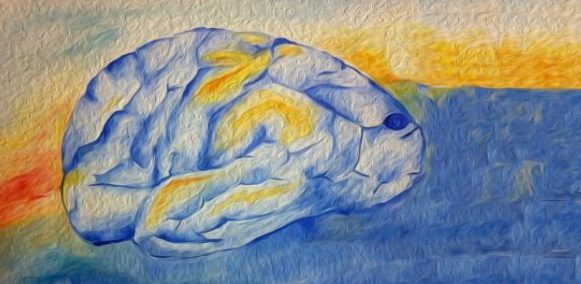Theoretical neuroscience
Theory of spike initiation, sensory systems, autonomous behavior, epistemology
Editor Romain Brette
Top-down influences on visual processing (2013)
Charles D. Gilbert, Wu Li
PubMed: 23595013 DOI: 10.1038/nrn3476
This is a very interesting and important review for thinking about theory of sensory systems. In a word, the body of experimental observations reviewed here shows that what neurons do in sensory systems in terms of input processing depends on what the organism wants to do, in a way that seems to contribute to the organism’s goal. For example, neurons in V1 are sensitive to stimulus parameters that are relevant to the task the organism is trying to do ; if the task is switched, neurons become sensitive to another parameter. Receptive fields change depending on the task, including their retinotopic position (in some areas). These changes happen right from the start of the neuron’s response (i.e., it’s anticipatory). Neurons in the prefrontal cortex are sensitive to different categories depending on the task.
My reading of these observations is that neurons coordinate their activities so as to solve perceptual tasks. This is quite different from the traditional perception-cognition-action model (also called the « sandwich model », see Susan Hurley), in which a subset of neurons represents the inputs or the world, independently of what the organism is trying to do, then some other subset reads this representation and does something with it. In this classical view, neurons have fixed receptive fields, they filter inputs in a fixed way. This is the view implemented for example by deep learning models. But it doesn’t fit these observations.
It is a bit unfortunate that, instead of rejecting the sandwich model, the authors try to force these observations into it : "higher-order areas sent the instruction for these neurons to perform a particular calculation, so the return signal is ‘interpreted’ by these areas as the result of that calculation". This reminds me of van Gelder’s definition of homuncularity (van Gelder 1995, What might cognition be if not computation?) : "Homuncularity is a special kind of breakdown of a system into parts or components, each of which is responsible for a particular subtask. Homuncular components are ones that, like departments or committees within bureaucracies, interact by communication (that is, by passing meaningful messages).". See my essay on neural coding for a criticism of this view (Brette 2018, Is coding a relevant metaphor for the brain?).
